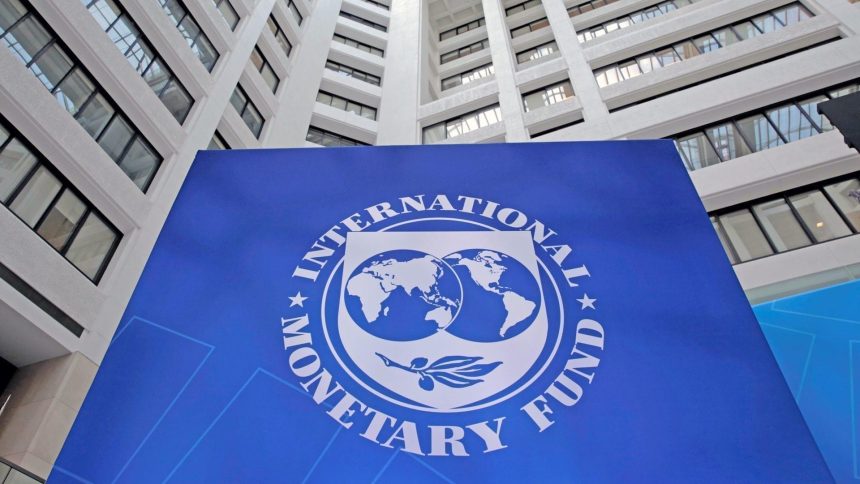The world's public debt is expected to reach 100 trillion dollars by the end of this year, which corresponds to around 93% of the world's gross domestic product (GDP), according to IMF estimates released this Tuesday, October 15.
According to this financial organization, quoted by the Portuguese newspaper Negócios, by the end of the decade, the debt should approach 100% of the product, which is 10 percentage points more than in the pre-pandemic period. And it will be the world's two largest economies - the US and China - that will contribute to this increase.
In the chapters released as part of the World Economic Outlook, the Washington-based institution states that "debt is expected to stabilize or decrease in approximately two-thirds of countries, and will remain above the values predicted before the pandemic", and that "in countries where stabilization is not expected, they represent more than half of the world's debt and close to two-thirds of the world's GDP.
The Fund stresses that the "risks in the debt forecasts are strongly tilted to the upside", with "good reason to believe that future debt levels could be higher than currently projected".
According to the same publication, the data is not yet broken down by country, but in addition to the United States and China, the IMF points to a trajectory of increases in the United Kingdom, Brazil, France, Italy and South Africa. At stake are investment needs in the transition to green energies, energy security, population aging and security and defense issues that will increase budgetary pressures in the coming years.
Meanwhile, given an easing of inflationary pressures, the IMF believes that "now is the right time" for the US, the Eurozone and the UK to start increasing their fiscal cushions. And for those cases where debt is on an upward trajectory, a "fiscal adjustment" of between 3% and 4.5% of GDP will be needed for global debt to begin a downward profile.
For the IMF, the current budget plans are "clearly insufficient" to represent a "high probability of a stabilization (or reduction) of public debt". "Now is the right time to replenish reserves," say the experts from the institution led by Kristalina Giorgieva.
The Fund believes that with inflation moderating and central banks expected to maintain an easing monetary policy, economies are "in a better position to absorb the economic effect of a tightening of fiscal policies" - more taxes and less spending.
But there are risks of a budgetary policy that is too austeritarian. For this reason, the IMF suggests calibrating the magnitude of the necessary consolidation, as well as "careful design" to avoid countries "falling into a prolonged period of anemic growth", pointing out that the components vary from country to country.
The pace of this adjustment must also be "calibrated", "gradual", but "sustained", in a "balance between containing debt vulnerabilities and preserving the strength of private demand".
These suggestions also include "strengthening the credibility" of medium-term budget plans and good debt management, avoiding hidden or unidentified amounts, such as contingent liabilities associated with public companies.
(Photo DR)



Leave a Reply